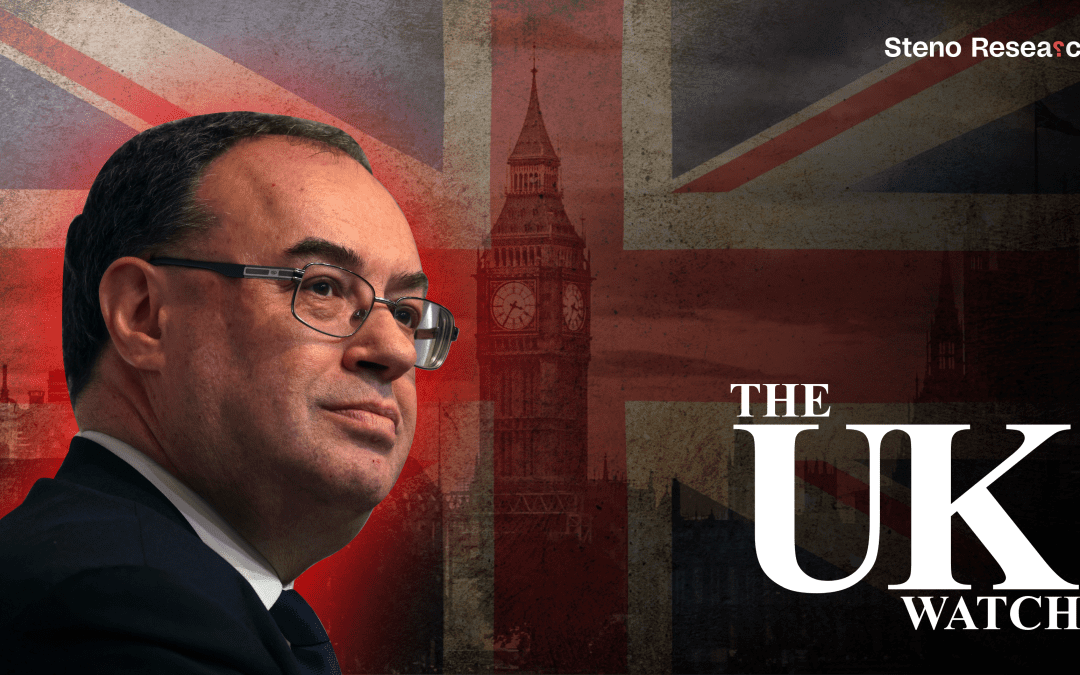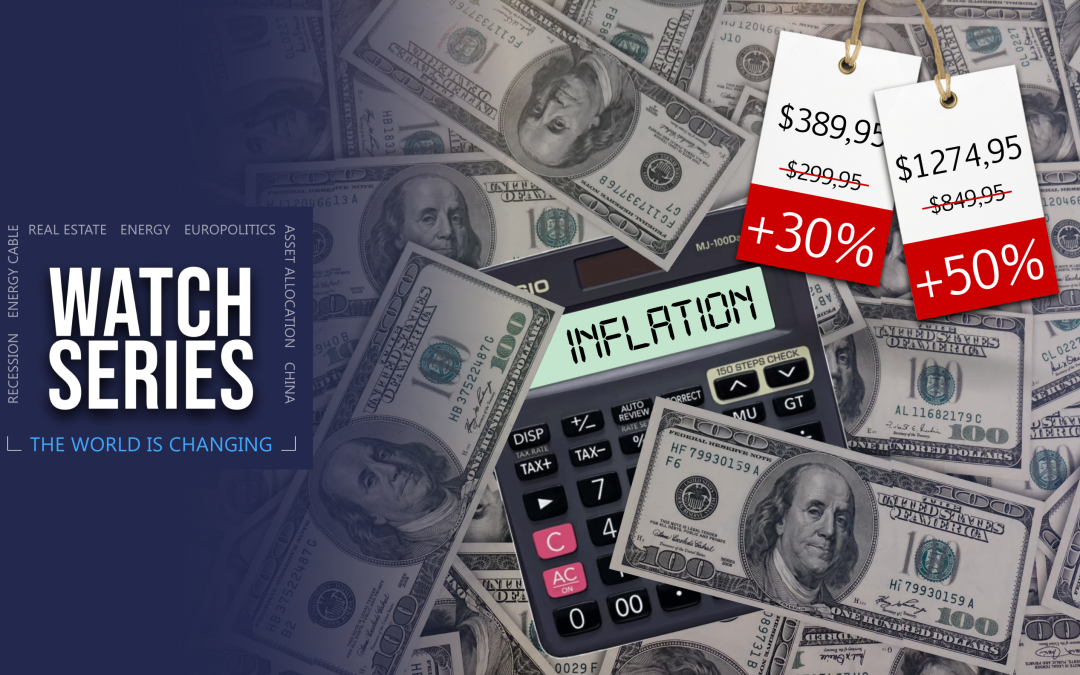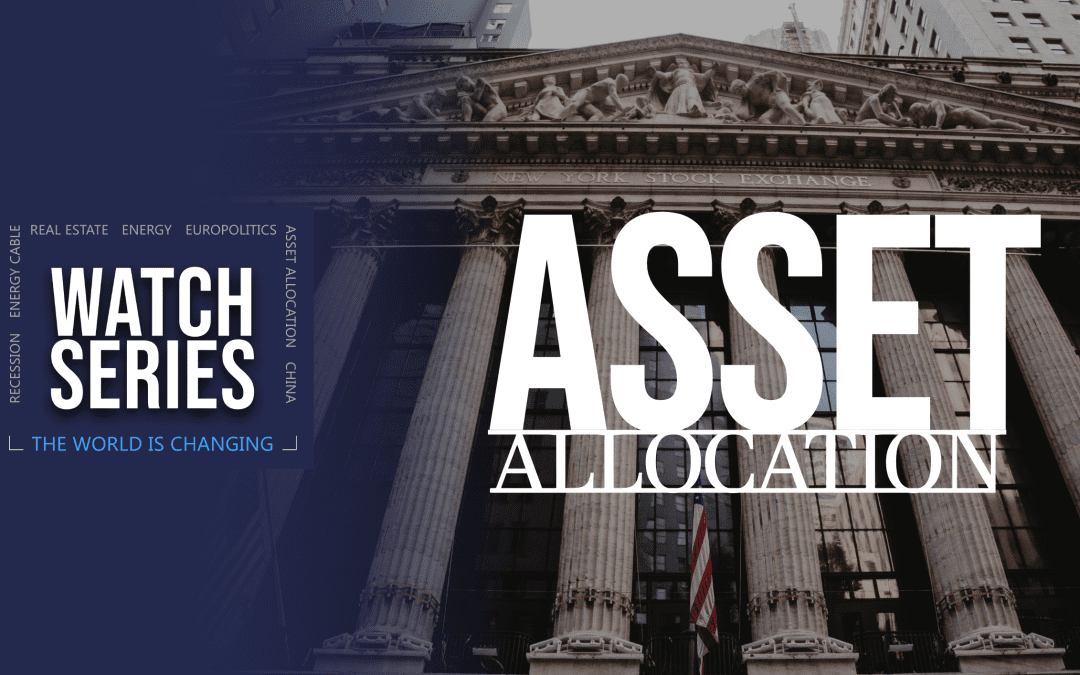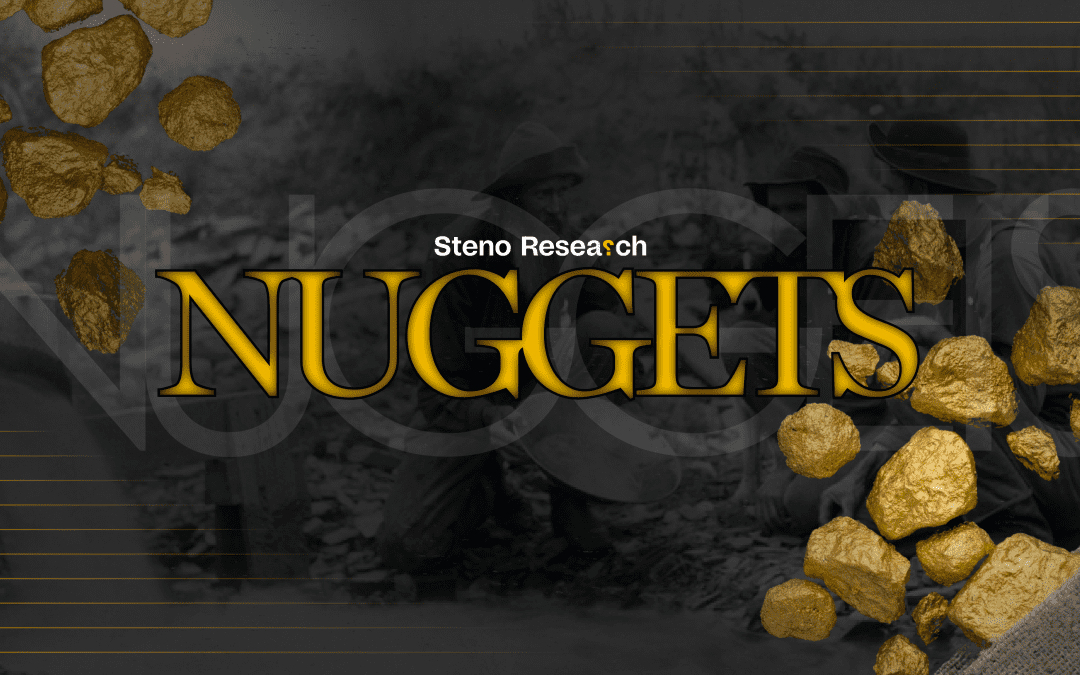China is preparing for something major. That seems increasingly obvious judging from the stockpiling of important resources. Could it be that they are preparing a major one-off devaluation of the CNY?


China is preparing for something major. That seems increasingly obvious judging from the stockpiling of important resources. Could it be that they are preparing a major one-off devaluation of the CNY?

Headlines in the beginning of 2024 were dominated by shipping and logistic troubles but over the last months that has almost died completely down. With “no news” we continue to see spill-overs to goods inflation in coming months.

Asian FX weakness is back, and the USD/Gold correlation has turned positive. This begs the question: How does it rhyme with the continued surge higher in gold, and has something fundamentally changed?

Powell admitted to the lack of progress on inflation in recent months, but the implicit bias is still dovish. The debate is still centered around WHEN rates will come down, not around IF rates will come down.

The reflation will likely continue as long as Powell and his ilk keeps an implicit dovish bias intact. Energy markets will likely remain bid, but the broader commodity story seems more interesting to play than oil at these levels.

The market keeps lagging in this re-inflation cycle and while forward pricing and economists are backpaddling on 2024 expectations, the next battlefield is 2025. Could the Fed hike after the election?

The early consensus for UK inflation next week looks relatively hot given typically benign patterns in March, which are likely underpinned by the Early easter timing. We see a downside surprise of roughly 10-12 bps to consensus.

The PPI inflation report looks soft on the surface, but is relatively hot when you look beneath the hood. The release valve of this latent inflation build-up is found in precious metals space.

On the back of the hawkish surprise in the CPI, we find PPI consensus amazingly low ahead of the release later. The resurgence of USD inflation is likely going to impact the reaction function of the ECB even if the outlook is diverging fast.

The NFIB survey made for worrying reading for the Fed as the dual mandates seem to move in opposite directions. How to balance weaker employment growth and higher prices in an election year?

The inflation divergence theme is growing in importance, while the Rest of the World is catching up (or down) to the US in terms of financial conditions. Here is how we position for it..

The BoJ delivered a historical hike – its first in 17 years – last week. Does this mark the turning point for Japan for good, or do risks still linger?

We see UK CPI coming in soft relative to expectations and generally find the BoE to be priced too hawkishly compared to peers. Read along why here..

Recession chasing is getting increasingly weak as an investment strategy with fewer and fewer recessions around. Is the business cycle still alive and is it big enough to matter for markets?

Long term inflation expectations are trading around 2.25-2.5 percent and yet there is a sentiment among the Average Joe that the cost of living is still high. It’s Vibeflation. So how to deal with this? Well, just cut rates!

Hot on the heels of today’s awaited US CPI report, we offer our rundown of the most noteworthy figures. Safe to say the Fed wasn’t helped along in achieving their target.

Sentiment in Japanese stocks has weakened ahead of a potential lift-off on front-end rates in March, while the JPY FX case looks compelling still. Meanwhile, Chinese sentiment is improving both directly and via proxies.

Just as we identified in last month’s regime – and as our asset allocation model predicted -, risk assets have indeed performed. Question is if they will continue to. As always, we present our model framework on how to structure your portfolio.

The 2024 consensus is getting very bullish on US growth, while nothing is happening outside of US shores. Meanwhile, markets see all major markets converging towards a 2-2.5% inflation range. Feasible?

The market consensus is turning more and more upbeat on 2024 forecasts for the US economy, but what about China and Germany?

This week “5 Things We Watch” dives into the divergence between US and Europe inflation, OPEC continuing its cutting cycle, focus on shipping distortions in energy and Bitcoin boom.

Money growth has improved lately in the US, while there are trillions parked on the time deposit / MMF side-lines. If the Fed cuts rates into the current rally, we may see another 2021/2022 melt-up.

Japanese inflation has been trending clearly below 2% over the past 3-4 months and it seems like the so-called “inflation-problem” is non-existent in Japan. Meanwhile, China continues to look like a compelling case.

The gap between trends in forward looking inflation indicators in Germany and the US is striking and increasing. This may be the most important macro trend right now..

We need a very soft inflation report from the Euro area to bring back hopes of ECB spring action. We lean dovish, but dovish enough?

Fed and ECB doves have ultimately killed the last market hopes of rate cuts during the spring from the big three central banks. What does it take to bring back the receiver case and the hopes of April/May cutting action?

Both input- and output prices have flared up in the US and the 2024 consensus on rates and inflation is blown into smithereens. What’s next?

Japan has entered a technical recession, but markets remain homed in on a few small hikes to bring Japan out of NIRP-territory. Meanwhile, the inflation evidence keeps diverging elsewhere.

Wage data is starting to question the disinflation momentum across G3 economies. Can wage data drive prices or is it a false flag?

Markets betting on one of the softest MoM services CPI prints in UK inflation history in January. Feasible? Yes, but…